Contact centers are the powerhouses that deliver great customer service and create positive customer experiences. But it takes more than software alone to deliver exceptional support.
Crafting a seamless, satisfying contact center experience depends on choosing the right platform, optimizing workflows, training compassionate agents, and continually improving.
In this guide, we’ll explore best practices for contact center managers to effectively design and manage a contact center operation and dig into the core elements of an exceptional contact center experience. Let’s get started.
What Is a Contact Center Experience?
A contact center experience is a customer’s perceived quality of interactions and service provided by a company’s contact center or customer support team.
It encompasses every touchpoint, communication, and interaction that customers have with the agents and technology of the contact center.
Contact centers are hubs that handle customer inquiries and requests across multiple channels.

The dedicated support teams manage high volumes of customer interactions, whether via phone calls, email, online chat, social media comments, or other digital platforms.
Related: Digital Customer Service: Benefits and Pointers for Business Success
Importance of a Positive Contact Center Experience
A positive contact center experience is valuable for both customers and companies.
Consumers are 350% more likely to purchase from a business after receiving a positive customer experience.
Providing prompt, compassionate, and knowledgeable support helps contact centers create lasting positive impressions that pay off through:
- Increased customer satisfaction: Customers feel satisfied when their issues and concerns are handled efficiently by knowledgeable call center agents. This builds confidence in the company and its services.
- Enhanced customer loyalty & retention: Good experiences retain customers to continue using a company’s products or services and recommending them to others. This saves resources compared to acquiring new customers.
- Higher future sales: Satisfied customers are much more receptive to upsells and cross-sells in future interactions. Contact centers can generate additional revenue through appropriate offers.
- Stronger brand reputation: Positive encounters shape how customers perceive a brand’s reliability and customer commitment. This drives customer engagement over the long term.
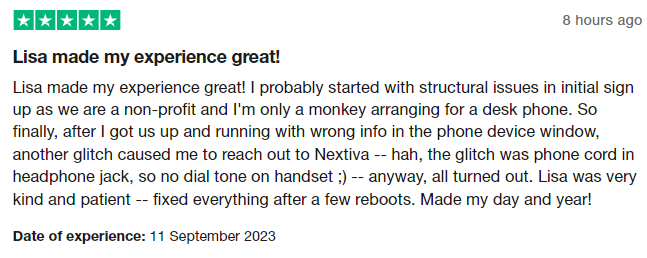
Contact centers sit at the intersection of customers, agents, and technology. It takes proper strategy and commitment to continually invest toward a better customer experience.
Over 70% of customers stop doing business with a brand due to a poor customer service experience.
When done right, exceptional customer service builds loyalty and long-term relationships. But fall short, and customers’ frustration leads to negative perceptions and churn.
Related: 12 Call Center Soft Skills Every Agent Needs to Master
8 Best Practices To Build a Positive Contact Center Experience
An exceptional contact center experience comes down to understanding and effectively supporting your customers.
With so much riding on the customer experience, contact centers must have the staffing, resources, and workflows to deliver responsive, empathetic, and informed support.
Let’s explore some best practices to help you build a positive contact center experience.
1) Focus on the customer journey
Think about the key communication channels — calls, emails, chat, self-service, social media. Customers expect consistency across channels. When one agent solves an issue over the phone then an email follow-up seems disconnected, it’s frustrating.
Integrate systems so every interaction builds on the last. Smooth handoffs between channels make things easy for the customer, and that’s what you want.
Keep the journey seamless and customers will keep coming back.
2) Invest in the right people
No fancy tech can replace good people. When hiring contact center agents, assess communication skills and critical thinking ability. Does the rep connect easily to understand underlying needs? That’s key.
Make customer-centricity part of your team’s DNA through ongoing training.
Foster collaboration too — some of the best ideas came from your agents. If you empower your reps to fix issues, customers feel supported by people who know their stuff.
3) Train your support team
Don’t forget to train your support team. Train for:
- Products, policies, and procedures: Equip agents to directly answer common questions.
- Soft skills and emotional intelligence: Develop abilities to show empathy, forge connections with customers, and understand underlying needs.
- Active listening and communication: Enable staff to probe issues and provide prompt support.
Role-playing exercises can prepare agents for a wide range of interactions. Evaluate call quality based on politeness, clarity, accuracy, and problem resolution and make coaching and feedback regular priorities.
4) Use the right contact center technology
Interactive voice response (IVR) and automatic call distribution system (ACD) systems route customer calls properly to avoid frustrations.
CRMs compile records so agents have context for personalized interactions. Emerging innovations like conversational AI may help suggest responses based on more customer data than humans can process.
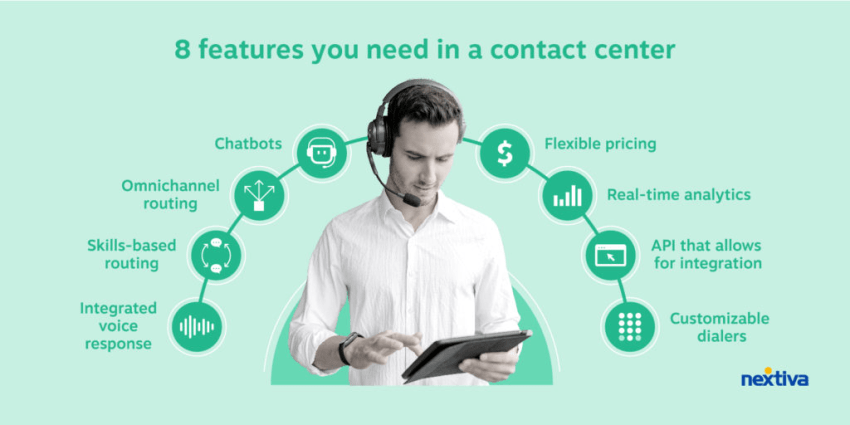
Use automation to reduce manual handling, improve workflows, and contribute to a positive contact center experience.
But tools should enhance agents’ abilities, not restrict them. Call center technology works best when reps feel in control of the process. They nurture rapport and resolve customer issues using tech assistance, leading to happier customers.
Focus on the people, processes, and tools supporting customers’ needs. Do that well, and satisfaction and loyalty will grow.
5) Personalize the customer experience
Around 68% of people feel brands should provide a personalized experience in every interaction; the same expectation applies to customer support.
Integrating systems through customer relationship management (CRM) platforms helps compile profiles with histories of interactions, purchases made, issues reported, product usage, and more.
When customers contact your center, tools like screen pops display this information so agents have context to personalize conversations. Referencing past touchpoints makes customers feel recognized as individuals.
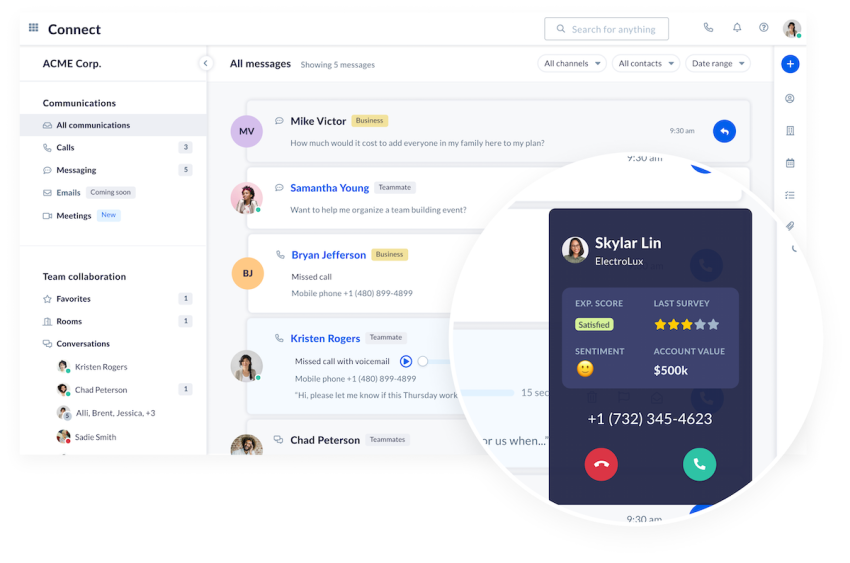
A personalized interaction builds customer trust and speeds up the resolution process.
6) Track and analyze contact center performance
Understanding key contact center metrics around your operations and agent interactions provides tangible insights into the current level of efficiency and customer satisfaction.
Use contact center reporting to measure and manage all your customer touchpoints in real time. Evaluate both call-specific and experience-specific metrics to know where you’re flourishing or lacking.
Some key performance indicators (KPIs) to track include:
- Average speed to answer: Monitor inbound call and email response times to ensure customers aren’t waiting for excessively long queues.
- First contact resolution rate: The percentage of inquiries resolved in the first interaction measures effectiveness. Aim for higher rates.
- Customer satisfaction scores: Ongoing surveys evaluate interactions, allowing comparison over time to gauge improvements.
- Resolution quality: Periodic call/transcript audits by QA staff assess agents’ professionalism, accuracy, completeness, and compliance with standards.
- Technology usage rates: Reports can show adoption levels of innovations like virtual assistants to expand self-service options.

Analyze trends in KPIs on a weekly, monthly, and quarterly basis to determine necessary changes, such as adjusting staff schedules/capacity based on peak call volumes or identifying skill gaps needing added training focus. This data-driven approach continuously fine tunes operations.
7) Gather real customer feedback
Want to know what customers think of your contact center?
Ask them!
One way is to use the NPS method and ask:
ℹ️ “How likely are you to recommend our company to a friend or colleague?”
ℹ️ Responses range from 0 (not likely) to 10 (extremely likely).
You can also create a more in-depth customer satisfaction survey for more insights. The hardest part about conducting these surveys is getting clients to respond.
One option is to offer customers incentives to reward them for the time they spent completing your survey.
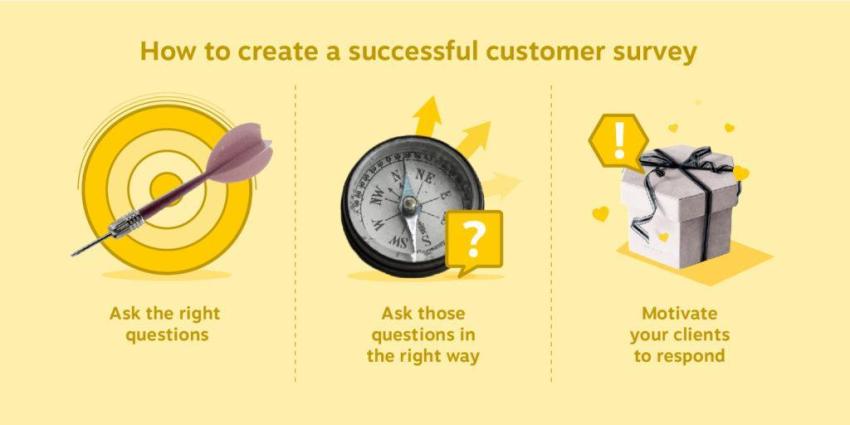
8) Continuously improve
Survey customers on call satisfaction, issue resolution, and likelihood to recommend. Follow up directly after an interaction and spot trends over time.
You can document feedback in CRM profiles for reference and pattern analysis and review case studies of frustrations or delays to pinpoint policy/process changes needed. This commitment to listen, learn, and improve demonstrates customer-centric values.

Getting these elements right creates positive brand impressions that encourage trust, loyalty, and advocacy for the long term. It’s important to evaluate your policies and practices against customer expectations.
Related: Enterprise Contact Center Solutions: Overview & Key Features
How to Optimize & Improve Contact Center Experience
For better optimizing and improving the contact center experience, keep track of key KPIs, metrics, and trends automatically and spot areas needing improvement. Contact center software helps a great deal.
For example, if long wait times are a consistent issue, consider implementing chatbots or other virtual assistants to rapidly respond to common questions and reduce queues. Intelligent call routing can also streamline directing customers to the right agents.
If handle times start creeping up, investigate root causes — are agents lacking certain product knowledge requiring extensive research? Is aging technology slowing processes? Are complex cases rising?
Based on data insights, consider targeted changes:
- Adjust staffing levels and schedules to match inquiry volumes
- Expand self-service options for faster simpler queries
- Refresh technology tools to increase agent productivity
- Expand training on products/services driving lengthy calls
- Update knowledge bases/databases so information is readily available
Continually refining operations, equipping staff, and adopting innovations based on performance analytics directly translates to efficiency gains, cost savings, and happier customers.
For example, cloud-based contact center suites centralize data with omnichannel delivery, customizable agent desktops, and built-in reporting — great for contact center optimization.
Essentially, let data guide your way. Quantitative metrics make clear where to invest your time and effort.
Implement Quality Contact Center Software
Implementing a robust and feature-rich contact center software is key to building a better contact center experience for both customers and agents.
Selecting software that offers an intuitive agent desktop, advanced routing capabilities, and built-in analytics, helps create positive interactions through every channel.
For example, Nextiva’s cloud-based contact center provides an easy-to-use interface that makes agents more efficient.
Omnichannel routing and reporting give managers insight to improve workforce optimization. And chatbots and IVR solutions deliver more ways to resolve customer issues quickly.
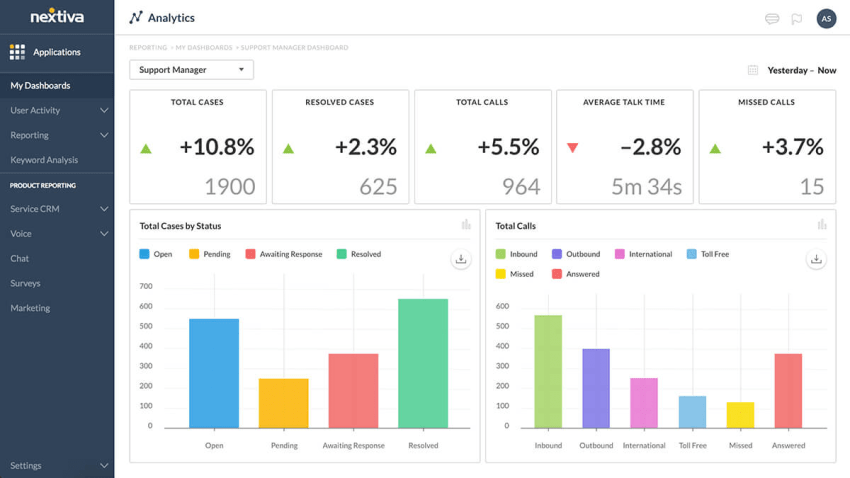
With the right contact center software, each interaction is more meaningful, issues get resolved faster, and the business can offer more personalized, impactful customer service.
From advanced analytics features to customer communication tools, powerful capabilities in the platform create more positive connections. And that drives better customer satisfaction, loyalty, and revenue growth.
The best contact center software adapts as needs change too. With flexible plans and scalability, businesses can upgrade features to support their growth and evolving priorities.
Choosing the right software provider is as important as choosing the right software itself. Look for a true cloud solution with proven expertise in CX innovations.
Using quality software and quality partnerships is key to contact center success.
Want to see what your next contact center should look like?
Get in touch for a personalized demo.
FAQs on Contact Center Experience
A contact center manages communications between a company and its customers. It plays a key role in enhancing customer experiences.
Key responsibilities of a contact center typically include:
– Inbound support: Handles incoming inquiries, complaints, orders, etc., via methods like phone, email, and live chat.
– Outbound calls: Makes outbound calls for purposes like telemarketing, customer follow-up, and appointment reminders.
– Omnichannel support: Manages customer interactions seamlessly across multiple channels like social media, text/SMS, and website.
– Customer service/tech support: Provides product/service information, troubleshooting, and complaint resolution.
– Sales/lead generation: Qualifies leads, promotes products, and closes sales.
– Back-office support: Performs data entry, order processing, and other non-voice tasks.
Call centers primarily handle customer queries through phone calls. In contrast, contact centers provide a more rounded customer support experience through digital channels, including SMS text messaging, email, web chat, and social media.
Choosing between a call center and a contact center depends on your customers’ communication preferences.
A cloud-based call center software is a good fit if your customers contact you mainly through phone calls, you have few agents, or you are a small business.
If customers interact with you across multiple channels or you have a large customer service team, a contact center is ideal to meet their expectations and deliver a great customer experience.
The four main types of contact centers are:
– Inbound call center: Answers incoming calls to provide customer service and first-call resolution.
– Outbound call center: Initiates outgoing calls for sales, customer retention, addressing issues proactively, and marketing initiatives.
– Multichannel contact center: Allows customer service interactions across multiple channels like phone, text, email, web chat, and social media.
– Omnichannel contact center: Combines all channels into a unified customer view. Uses AI and data to personalize interactions, implement predictive analytics, and deliver omnichannel experiences.

















 VoIP
VoIP 








